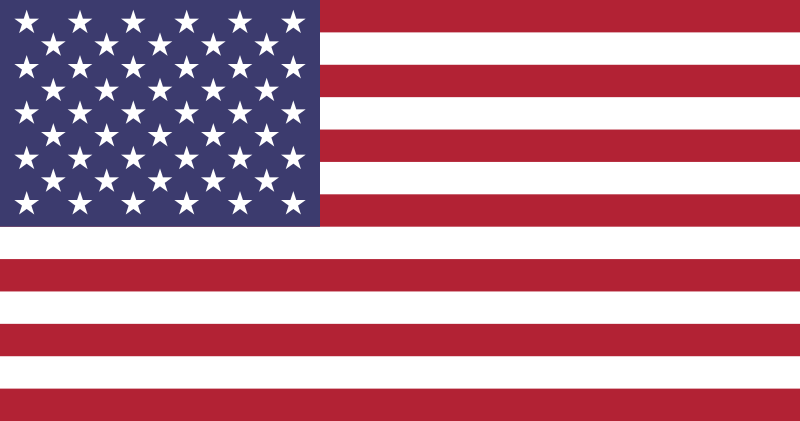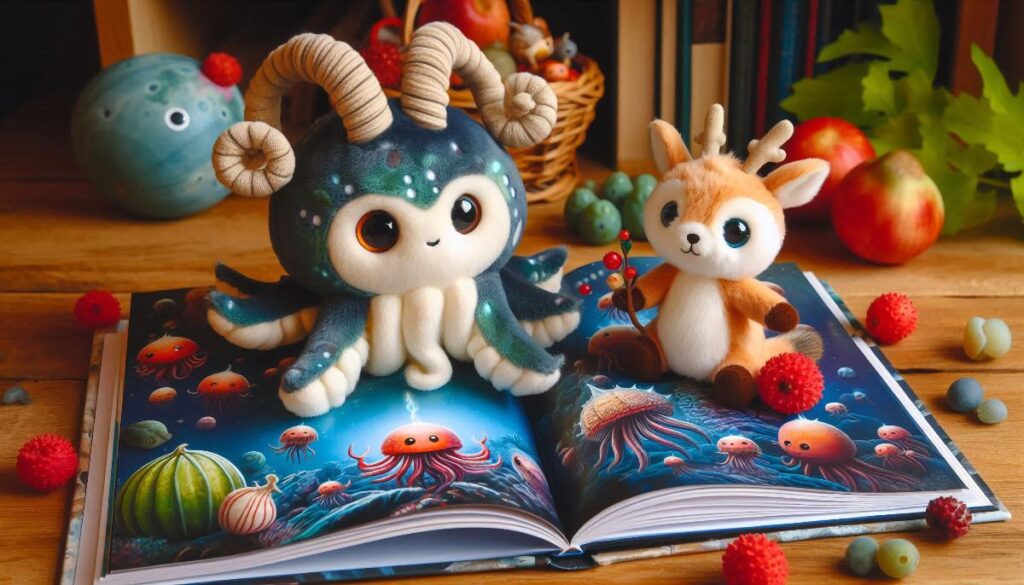Plushies
Exploring the World of Stuffed Animals: Types, Stories, and Their Lasting Appeal
Table of Contents
Introduction
Stuffed animals have long been more than just toys — they are trusted companions, emotional anchors, and cherished keepsakes. Across cultures and generations, these soft, lovable figures have comforted children, sparked creativity, and brought a touch of magic to everyday life. Whether it’s a classic teddy bear or a whimsical unicorn, stuffed animals play a meaningful role in both childhood development and adult nostalgia.
Their universal appeal lies in their diversity. From cartoon plush toys that bring favorite characters to life, to fantasy plush toys that ignite imagination, and educational stuffed animals that foster curiosity about the world — there’s truly something for everyone. Many people also choose to buy stuffed animals for kids as gifts that offer emotional support during milestones or transitions, making them deeply personal tokens of care.
This guide explores the captivating world of stuffed animals — their categories, cultural impact, and emotional value. We’ll highlight the most popular types of stuffed animals, examine what makes them special, and share why they continue to hold such a beloved place in our lives.
Classic Teddy Bears
Among all stuffed animals, the teddy bear stands as the most iconic. These beloved companions have been a symbol of comfort, loyalty, and warmth for more than a century. First introduced in the early 1900s — inspired by a story involving U.S. President Theodore Roosevelt — teddy bears quickly captured public affection and became a staple in nurseries and bedrooms around the world (Miller, 2005). Their enduring popularity can be attributed to their soft fur, expressive eyes, and the emotional reassurance they offer during childhood and beyond.
Teddy bears come in a range of sizes and styles, from miniature pocket-sized pals to oversized plush friends meant for snuggling or decorative display. Their textures vary too — some with ultra-soft fleece, others with traditional mohair for a vintage feel. This diversity allows parents, gift-givers, and collectors to choose a bear that matches a particular occasion or personality. For young children, a teddy bear often becomes a “transitional object,” helping to ease anxiety and build independence as they navigate emotional growth (Winnicott, 1953).
The timeless nature of teddy bears also makes them popular as gifts for birthdays, holidays, and even romantic occasions. They are not merely stuffed animals — they carry meaning, memory, and a tangible sense of care. Whether passed down as heirlooms or newly purchased, teddy bears remain one of the most emotionally resonant toys ever created.
Farm Animal Stuffed Toys
Farm animal stuffed toys bring the charm of the countryside into the hands of children, offering both imaginative fun and early exposure to animals they may otherwise only see in books or television. From soft, floppy-eared bunnies to woolly sheep, snuggly cows, and playful pigs, these toys represent familiar animals with friendly faces and huggable forms. They’re especially popular with toddlers and preschoolers, who are just beginning to learn about the world around them through touch, play, and repetition.
Many parents choose to buy stuffed animals for kids that are modeled after farm animals because of their educational value. These toys support language development as children name animals and imitate their sounds, and they also lay the groundwork for empathy by encouraging nurturing behavior (Whitebread, 2017). A child might “feed” their plush cow or “tuck in” their sleepy pig — simple acts that build emotional intelligence.
Design-wise, farm animal plush toys often feature tactile materials, like corduroy hooves or velvety fleece fur, which contribute to sensory development. Some are even integrated into learning environments such as daycares and Montessori classrooms, where they function as playful tools for introducing counting, matching, and storytelling. In a world that is increasingly digital, these physical, relatable toys maintain a vital role in childhood development by encouraging open-ended play (Ginsburg, 2007).
Whether used for bedtime snuggles or barnyard make-believe, farm animal stuffed toys are a timeless favorite that delight young minds while fostering foundational skills.
Wild Animal Stuffed Toys
For children with adventurous spirits or a fascination with the animal kingdom, wild animal stuffed toys open the door to exciting imaginary landscapes. These plush versions of lions, elephants, giraffes, tigers, and more allow kids to engage with the majesty of nature — all from the safety and comfort of their homes. Often rendered with vivid colors, realistic markings, and detailed facial expressions, these toys are not just visually captivating; they also nurture curiosity about wildlife and conservation.
Wild animal stuffed toys serve a dual purpose: they’re companions for play and tools for learning. Educational programs and zoos often use plush animals to teach children about endangered species, animal habitats, and biodiversity (Myers et al., 2004). For example, a soft tiger plush might spark questions about rainforests, while a cuddly panda may lead to discussions about conservation efforts in Asia. When parents or teachers engage children in such conversations, these toys become powerful catalysts for environmental awareness and empathy toward non-human life.
Additionally, these toys can support emotional development. Wild animals — often viewed as strong, brave, or free — become symbolic figures that children admire and emulate. A child might feel empowered by pretending to be a lion or find comfort in “protecting” their plush elephant, forming emotional narratives that contribute to their sense of agency and imagination (Russ, 2004).
With their realistic touches and symbolic power, wild animal stuffed toys encourage exploration, creativity, and a deeper appreciation for the world beyond one’s immediate surroundings.
Fantasy Plush Toys
Fantasy plush toys transport us into realms of magic, imagination, and wonder. Featuring mythical creatures like unicorns, dragons, mermaids, and fairies, these stuffed animals are particularly popular with children who thrive on storytelling and imaginative play. Their whimsical designs often include iridescent fabrics, glittery accents, wings, horns, and vibrant rainbow hues — all meant to captivate the senses and fuel creativity.
These toys do more than just look magical. Fantasy plush animals provide a space for emotional expression and narrative building. When children interact with fantastical creatures, they aren’t constrained by the rules of the real world. This kind of play — sometimes referred to as “magical thinking” — has been shown to support emotional resilience, helping children cope with difficult emotions and unknowns by crafting stories in which they feel in control (Taylor, 1999). A child might imagine their unicorn as a guardian during bedtime or see their dragon plush as a brave ally against school anxiety.
Moreover, fantasy plush toys often encourage children to blend fiction and reality in ways that support cognitive development. Studies show that pretending with fantastical characters enhances divergent thinking, an important element of creativity (Walker & Gopnik, 2013). These toys are also increasingly popular among adults and collectors, particularly within fandoms and kawaii culture, where they become aesthetic and sentimental objects representing identity and belonging.
Fantasy plush toys aren’t just cute — they’re vehicles for wonder, courage, and exploration, reminding us that a bit of magic can go a long way in a child’s (or adult’s) inner world.
Cartoon Character Plush Toys
Cartoon character plush toys bring beloved fictional figures to life in soft, tangible form. From classic icons like Winnie the Pooh and Pikachu to modern-day favorites such as Peppa Pig and Totoro, these plush toys serve as huggable extensions of the media children and adults love. Their appeal lies not only in their recognizable forms and nostalgic value but also in the emotional comfort they provide by bridging the gap between screen and real-world companionship.
These toys often play a powerful role in emotional development. Psychologists have long noted that children form strong attachments to media characters, especially those who model kindness, bravery, or humor (Richert et al., 2009). A plush version of a favorite character offers comfort during transitions like starting school or moving house — becoming a “safe base” from which children can explore the world, much like a parent or caregiver.
Cartoon plush toys also function as tools for narrative play. Children often reenact scenes from shows or invent new adventures for their plush companions, which fosters creativity and strengthens memory recall. For collectors and fans, cartoon plushies carry cultural significance, often acting as memorabilia from specific series or eras. Limited editions or crossover collaborations with major animation studios only enhance their collectible value and emotional appeal.
In a world saturated with digital content, cartoon character stuffed animals provide a grounding experience — one that offers both joy and a tactile link to the stories we love most.
Conclusion
Stuffed animals are far more than soft playthings — they are emotional anchors, imaginative companions, and cultural artifacts woven into the fabric of childhood and beyond. From timeless teddy bears to fantastical unicorns and iconic cartoon characters, these plush toys reflect our need for comfort, connection, and creativity. They accompany us through pivotal life moments, soothe us during hardships, and often remain in our lives long after their initial purpose has passed.
Whether you’re buying stuffed animals for kids, collecting rare designs, or rediscovering a beloved character in plush form, each toy carries a story and a purpose. Their tactile softness offers sensory comfort, while their visual and symbolic traits support emotional growth and cognitive development. In hospitals, schools, and even elder care settings, stuffed animals are used therapeutically to reduce anxiety and encourage communication (Wada et al., 2010). Their presence fosters safety and imaginative exploration in ways few other objects can replicate.
As we reflect on the diverse types of stuffed animals explored — from wild animals to magical beings — it becomes clear that their enduring popularity is no accident. These cuddly creations fulfill a deep human need for connection, security, and self-expression. They’re not just toys; they’re a form of emotional literacy — one that teaches empathy, storytelling, and belonging through the quiet magic of a stuffed friend.
References
Taylor, M. (1999). Imaginary Companions and the Children Who Create Them. Oxford University Press.
Walker, C. M., & Gopnik, A. (2013). “Causality and Imagination in the Mind of the Child.” Perspectives on Psychological Science, 8(6), 677–693.
Richert, R. A., Robb, M. B., & Smith, E. I. (2009). “Media as Social Partners: The Social Nature of Young Children’s Learning from Screen Media.” Child Development, 80(5), 1236–1252.
Calvert, S. L. (2008). “Children as Consumers: Advertising and Marketing.” The Future of Children, 18(1), 205–234.
Wada, K., Shibata, T., Saito, T., & Tanie, K. (2010). “Robot Therapy for Elders with Dementia.” Psychogeriatrics, 5(1), 15–18.


